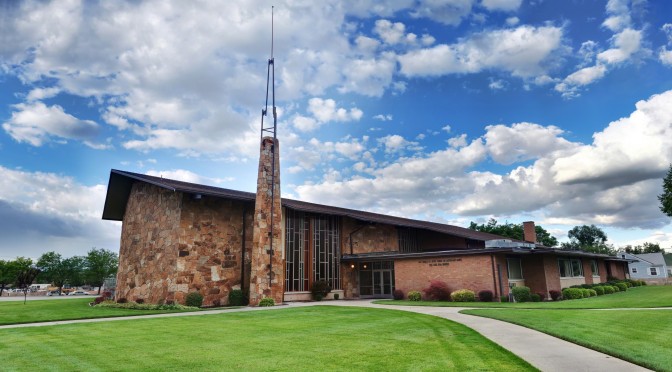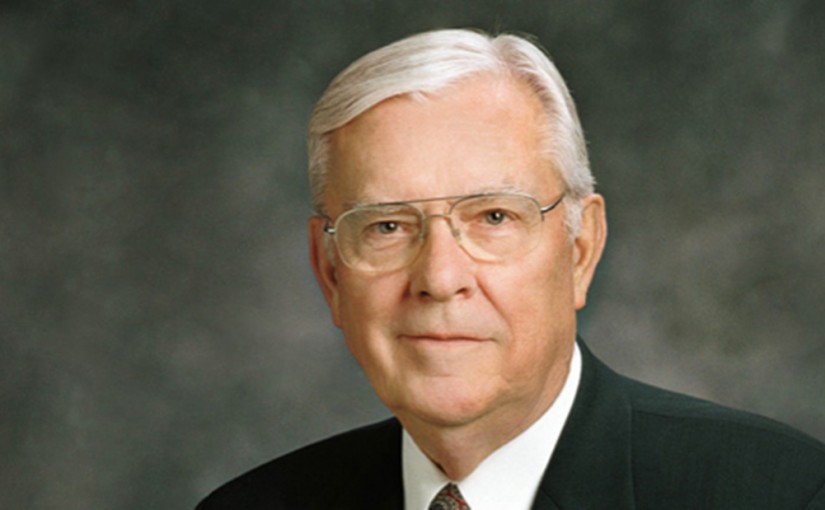Last night, in a devotional directed at Church Educational System (CES) employees, Elder Ballard spoke of challenges that many youth face, including questions asked on social media.
(Kids these days and their FaceSpace, amirite?)
From a Deseret news article about Elder Ballard’s talk:
“Drawing on the scriptures and the words of the prophets, [students] will learn how to act with faith in Christ to acquire spiritual knowledge and understanding of His gospel,” he said. “And they will have opportunities to learn how to apply the doctrine of Christ and gospel principles to the questions and challenges they hear and see every day among their peers and on social media.”
Applying the doctrine of Christ to questions of church doctrine makes sense. Is it true and is it helpful? Does it follow the golden rule?
Elder Ballard continued, comparing faithful interpretations of history to vaccinating the youth against topics that are “sometimes misunderstood” — a polite way of saying, negative toward the church.
You know, we give medical inoculations to our precious missionaries before sending them into the mission field, so they will be protected against disease that can harm and even kill them. In a similar fashion, please, before you send them into the world, inoculate your students by providing faithful, thoughtful and accurate interpretations of gospel doctrine, the scriptures and our history, and those topics that are sometimes misunderstood.
And in a praiseworthy show of transparency, Elder Ballard listed a few topics which in some circles (or at least in the not so distant past) would have been considered anti-mormon.
To name a few of such topics that are less-known or controversial, I’m talking about polygamy, and seer stones, different accounts of the first vision, the process of translation of the Book of Mormon [and] of the Book of Abraham, gender issues, race and the priesthood, or a Heavenly Mother. The efforts to inoculate our young people will often fall to you CES teachers.
Perhaps if I’d been further inoculated as a youth, I wouldn’t have found these topics so difficult to digest when I finally found them too hard to swallow. So roll up your sleeves while I share with you what I remember being taught about this list while at the same time you’re going to get inoculated.
Before you run off searching high and low looking for how far the rabbit hole goes, Elder Ballard warned of the dangers of access to too much information:
It was only a generation ago that our young people’s access to information about our history, doctrine and practices was basically limited to materials printed by the church. Few students came in contact with alternative interpretations. Mostly, our young people lived a sheltered life. Our curriculum at that time, though well-meaning, did not prepare students for today — a day when students have instant access to virtually everything about the church from every possible point of view. Today, what they see on their mobile devices is likely to be faith-challenging as much as faith-promoting. Many of our young people are more familiar with Google than they are with the gospel, more attuned to the Internet than to inspiration, and more involved with Facebook than with faith.
For the sake of Elder Ballard’s concern about Google, I’ll only use church approved sources for the inoculation and I’ll stay far away from Facebook.
Continue reading “An Evening with a General Authority”








